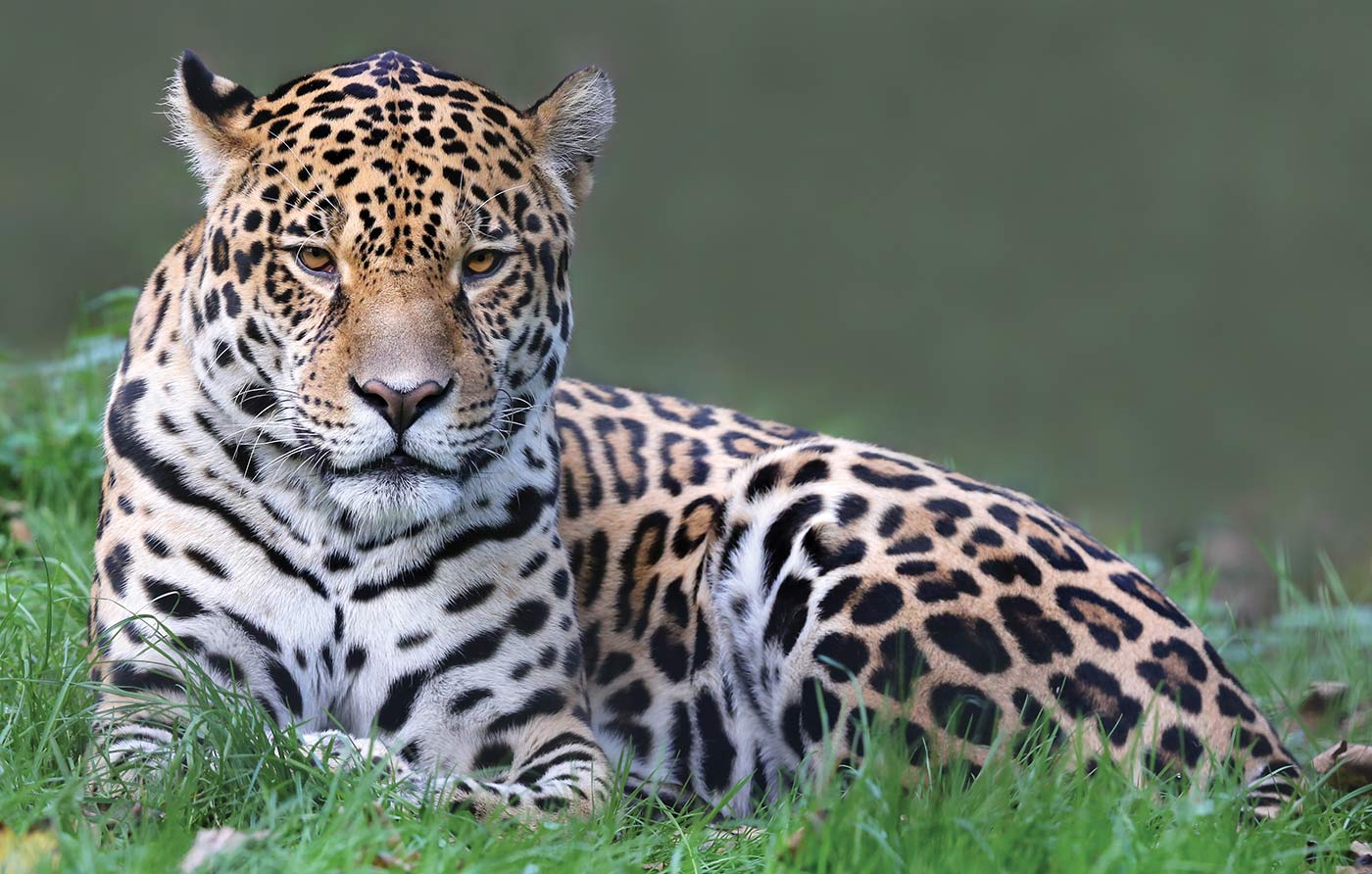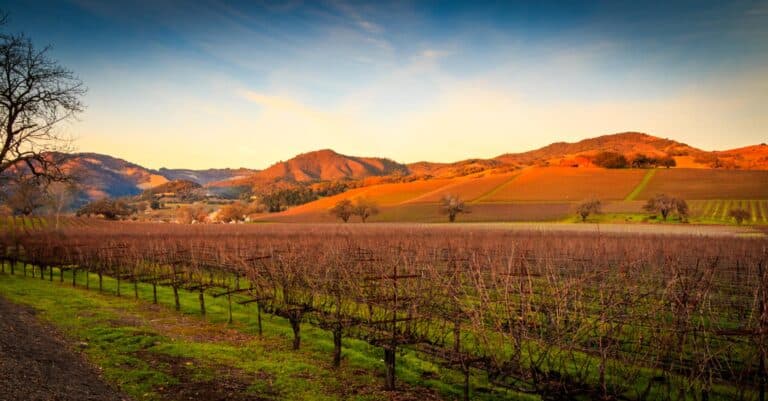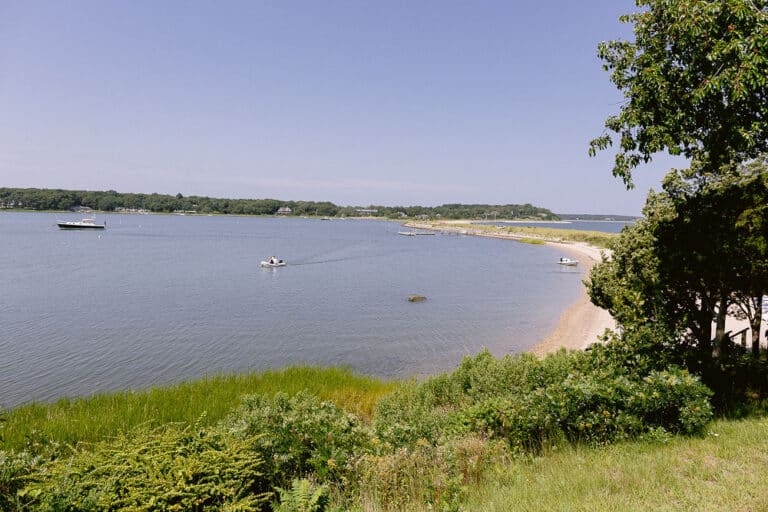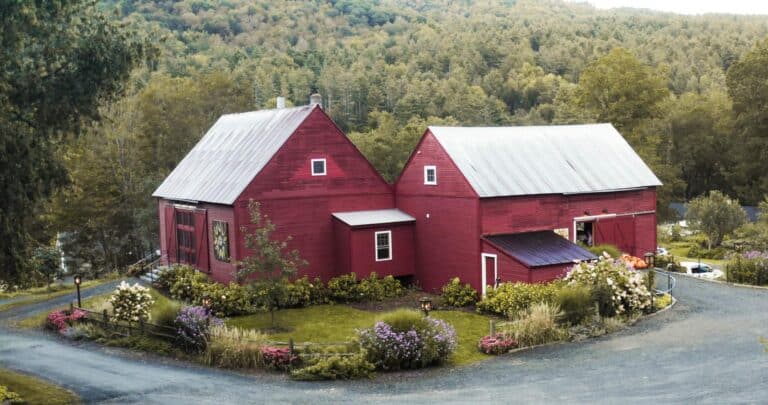Guyana is quickly becoming one of the hottest ecotourism destinations on the planet. Find out why, and what you need to know before you go.
Guyana was recently named one of the top ecotourism destinations in the world by travel industry insiders, which is not surprising for those who are familiar with this under-the-radar country. Reachable via non-stop flights from New York (flight time is just over five hours), this small nation is located in the northern part of South America, bordering Brazil, Venezuela and Suriname. Guyana is the only country in South America whose official language is English. But direct flights and the absence of a language barrier aside, what really attracts people to this country are its truly unique nature and wildlife offerings.
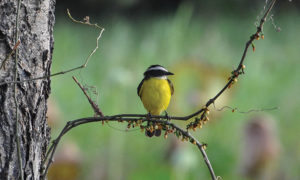
The country is often referred to by travelers as the “Land of the Giants” since people come here to see the giant river otters, giant South American turtles, giant anteaters, jaguars (considered the largest in South America), the Harpy eagle, (the largest eagle on this continent and one of the world’s most powerful birds of prey) and the giant Victoria Amazonica water lily (Guyana’s national flower and the world’s largest lily). Here, the hyperbole lives up to the hype.
Guyana is also a birder’s paradise, with travelers coming from all over the world to glimpse some of the 900 species of birds that live in this country, including brightly colored toucans, parrots, macaws, woodpeckers, trumpeters and the famous bright orange Guianan cock-of-the-rock.
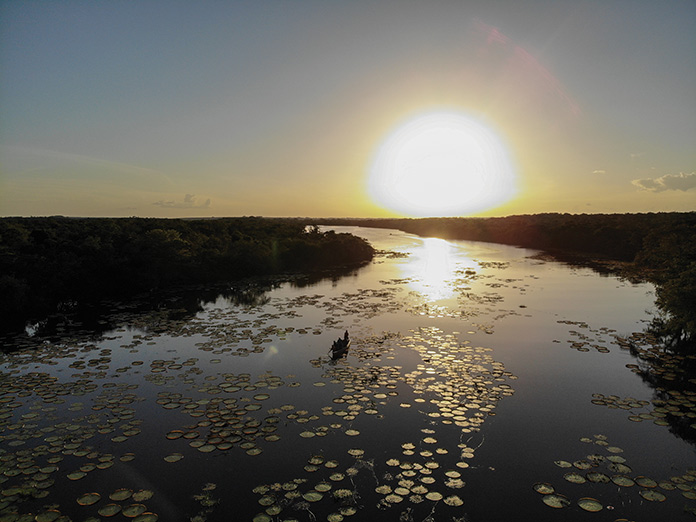
VISITING THE CAPITAL
Guyana has a population of less than a million people, with nearly 90 percent living in coastal towns, like its capital, Georgetown. But even here the wildlife flourishes, with at least a half a dozen endangered West Indian manatees found in the national park, which is located in the center of the city. Plus, more than 200 species of birds can be seen in the city’s parks.
If you’re a foodie, be sure to take part in the food tour offered by Chef Delven Adams—one of the most highly-regarded chefs in the country. He will take guests to Bourda Market to buy fresh fruit, vegetables, meat and fish to be served for lunch at his restaurant, the Backyard Café. He takes requests for the menu or can cook up his favorite recipes. One traditional Guyanese delicacy every traveler should try is Pepperpot—the national dish of the country—a stewed meat mixed with cinnamon, Caribbean peppers and cassava root.
EXPLORING THE INTERIOR
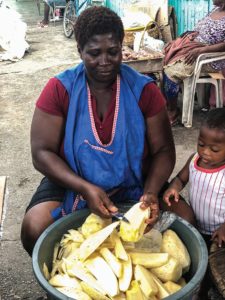
What makes Guyana so unique is that 77 percent of the country is rainforest and about 7 percent is savannah. Authenticity is the new currency in travel, and exploring this region is as anti-touristy as it gets. Travelers should venture into the interior of the country to really get to see the heart-and-soul of ecotourism. One of the highlights is the Rupununi region—where savannah, mountains and rainforests meet. This area is home to many endangered and protected species. Be sure to stay at Karanambu ranch, where you’ll get to see the giant otter rehab project, which helps rehabilitate injured and orphaned otters and re-introduce them to the wild. Spend some time with the otters during the day before partaking in the caiman project once night falls. The giant black caiman is the one of largest freshwater crocodilians on the planet, and the Caiman House has been conducting research on these amazing creatures for more than 10 years. They take guests out in the dry season to catch the caimans and record data—you’ll witness them weighing, measuring and then tagging the caimans before releasing them back in the water.
Equestrians will enjoy visiting the southern Rupununi Savannah, home to cattle ranches that rival those in Texas. At its height, the area encompassed 3.3 million acres and boasted massive ranches. Today, it is home to smaller family ranches, including Saddle Mountain Ranch. Here, you can take the horses out daily (or on overnight camping trips) on the savannah. The ranch also offers other activities, including ATV riding, sunrise safaris—to get a look at the giant anteaters—hiking and stargazing. In this remote area it’s possible to see shooting stars and full constellations. The southern Rupununi is less traveled than the northern portion, so travelers here feel truly adventurous. Next on the list is a true bucket list item for many travelers.
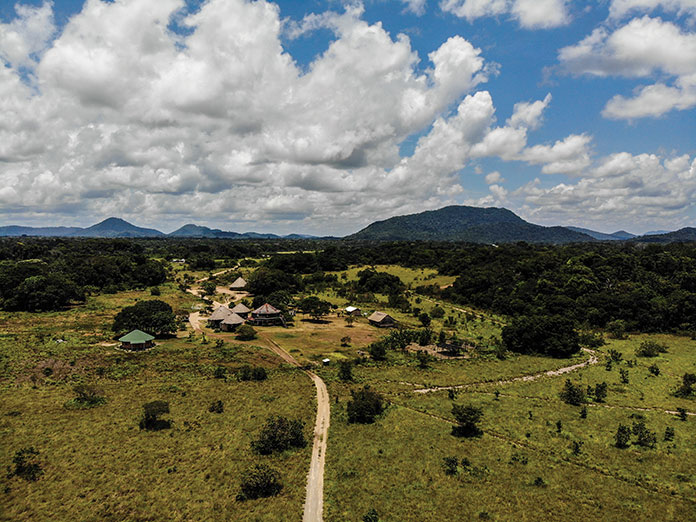
ENDING ON A HIGH
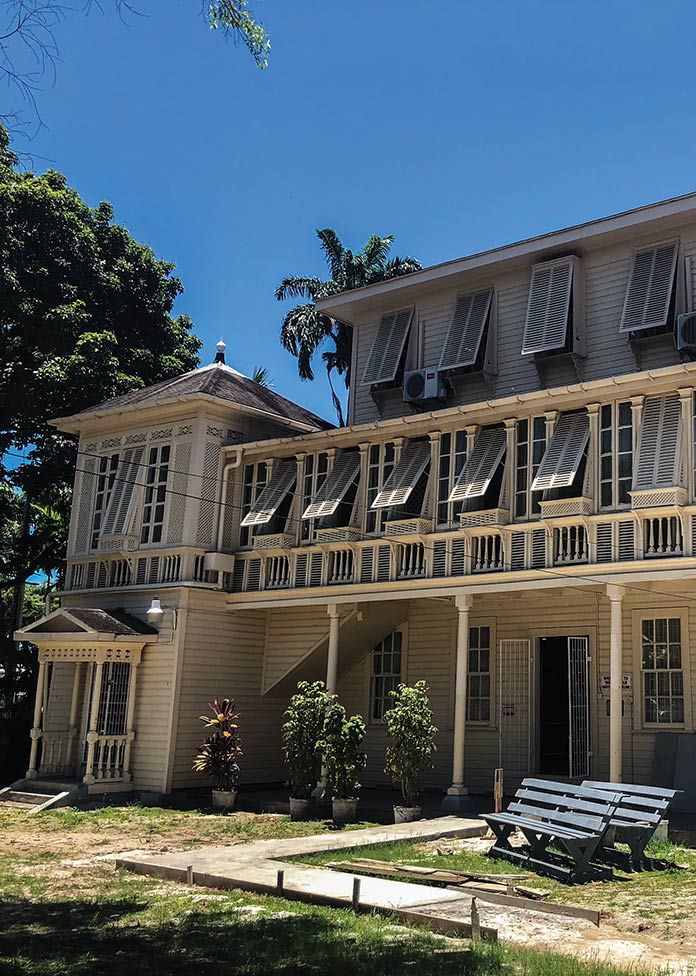
The last stop on your Guyana itinerary should be to Kaieteur Falls, one of the tallest single-drop waterfalls in the world. It’s 741 feet tall; almost five times as tall as Niagara Falls. Charter a plane from Lethem to Georgetown and you’ll truly get a sense of the expansive rainforest that blankets the country. If the weather is right, you can take a detour to see the flat-top Mount Roraima before landing at Kaieteur Falls. You’ll spend two hours at the falls (it’s only accessible by flight or hiking in; there are no roads) exploring the various vantage points and taking in the brightly colored birds and flowers. guyanatourism.com
